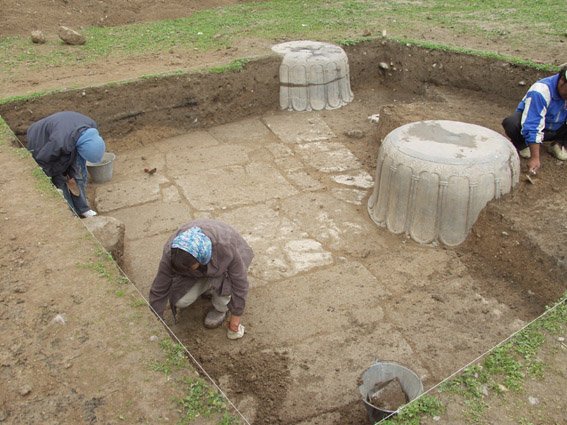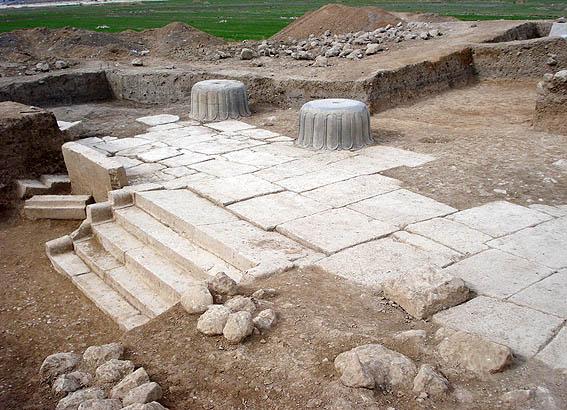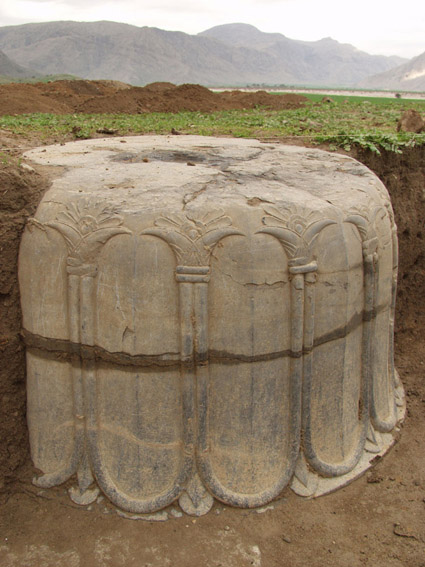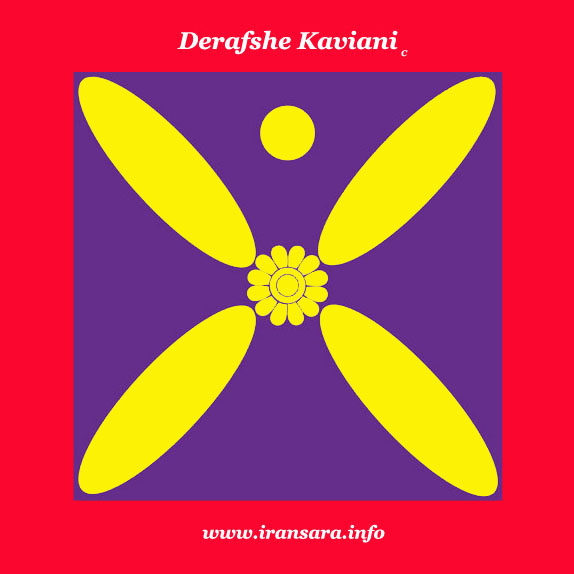Discovery of an Achaemenid - Persepolitan Architectural Style in Sorvan



January 21, 2008 - Nurabad, Iran - "During the second season of the archaeological research in the village of Sorvan, located in Nurabad Mamasani in Fars Province, archaeologists have unearthed further Achaemenid architectural evidence."
"The research has brought to light the remains of stairs, halls and column bases. The work has also exposed the stone surface of the original Achaemenid site and numerous marble artefacts."
"The
column bases, which bear engravings similar to those belonging to the Hall of
One Hundred Columns Palace at Persepolis, have a diameter exceeding one meter."
"his Achaemenid structure had large columns, similar to Persepolis, and the column-bases are gray in color and over one meter in diameter. The column bases are almost identical in size and decoration to the columns of Sad Sotūn (Hall of One Hundred Columns) Palace in Persepolis.”
“These
column bases bear engravings of lotus-shaped floral motifs and have
palm-shaped grooves. The columns have been made from the same colored stone as
the columns to be observed at Persepolis.”
"Archaeologists
have so far been unable to determine exactly to which period of the Achaemenid
dynasty (550-330 BCE) the remains belong.
"Evidence, including artifacts discovered at the location, suggests that the construction had belonged to one of the 30 administrative centers established on the road connecting to Persepolis, the Achaemenid ceremonial capital in Fars province, to Susa in the winter and to the political capital of the empire which is now in modern Khuzestan province."
"Although the news of this discovery of the Achaemenid edifice has excited many of the Iranian archaeologists, it has also questioned the involvement of Daniel Potts in the project."
“Potts's credibility and integrity as an impartial archaeologist is questionable. We should not forget that he was involved in historical falsification and distortion of the name of the Persian Gulf. His historical fabrications which were financed by the Persian Gulf’s Arab States have been published in Britain, and currently both volumes are on universities’ reading list, for those students who are specializing in the Near and Middle-Eastern art and archaeology”, said an Iranian archaeologist, who wished to remain anonymous."
"He further added, “to add to the injury, few years ago Potts went further and insulted Iranians, by claiming that Cyrus the Great was not an Iranian – perhaps he again has received money from Arabs to claim such nonsense. This man should be banned from entry to Iran, let alone permitting him to work there.”
The civilization of mankind starts with the history of Iran

